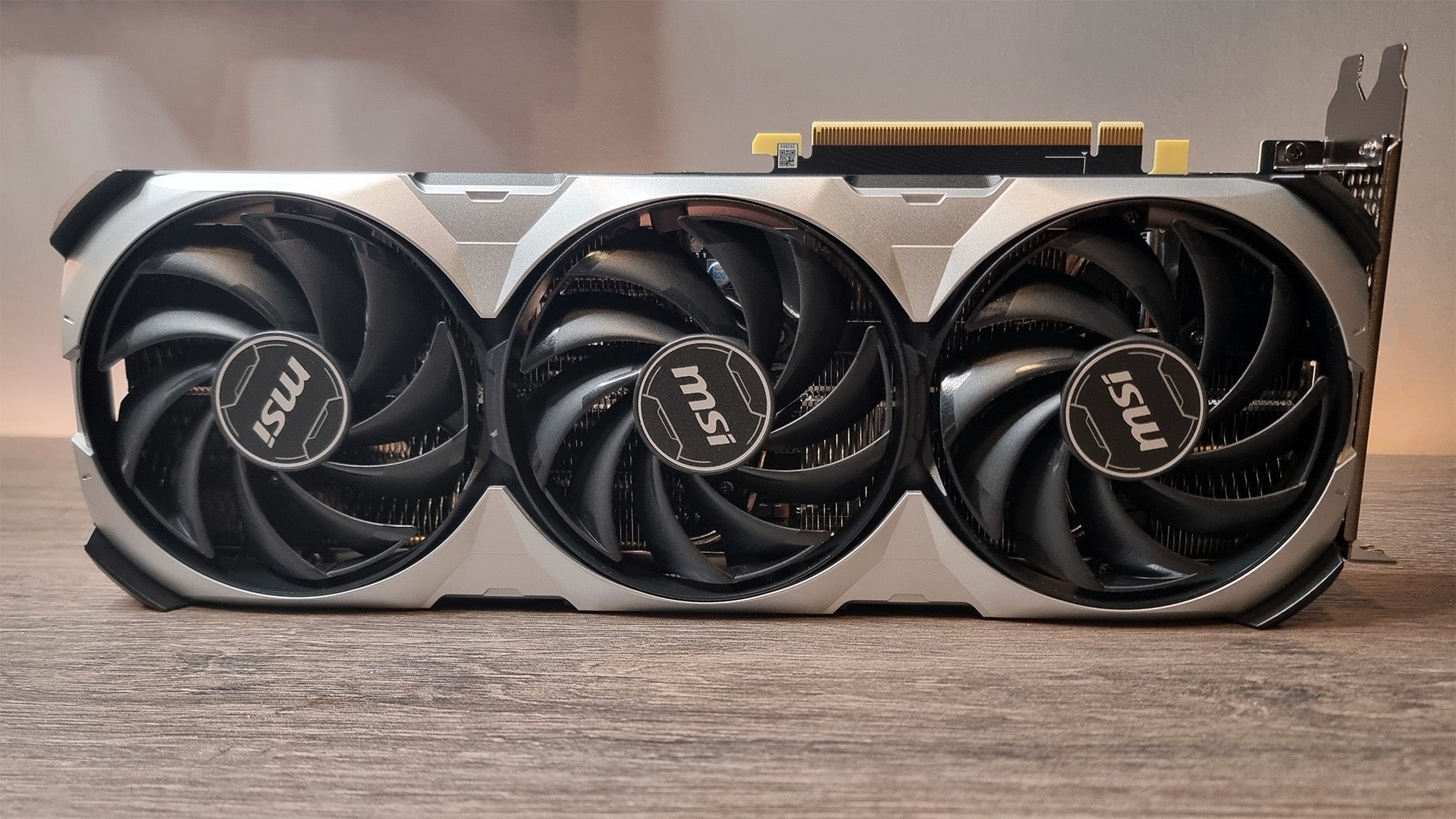AMD Radeon RX 7900 XTX Review
A formidable 4K graphics card
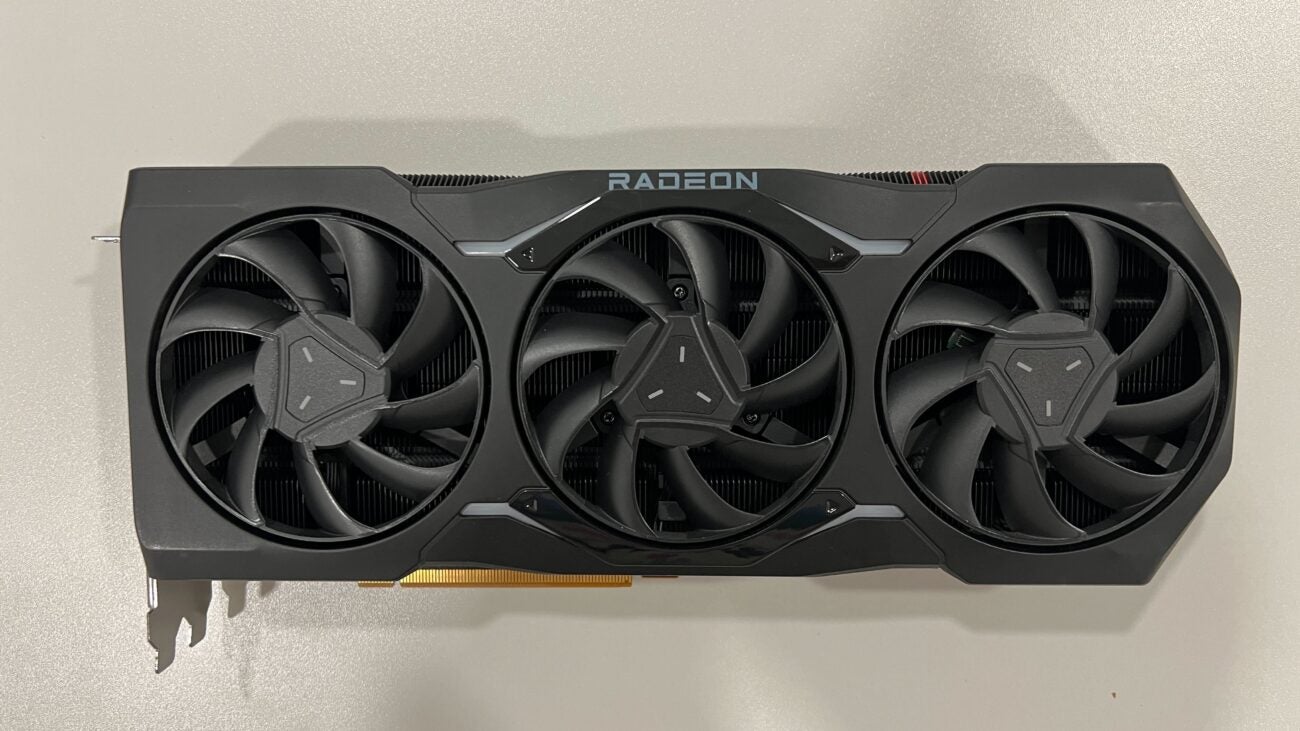


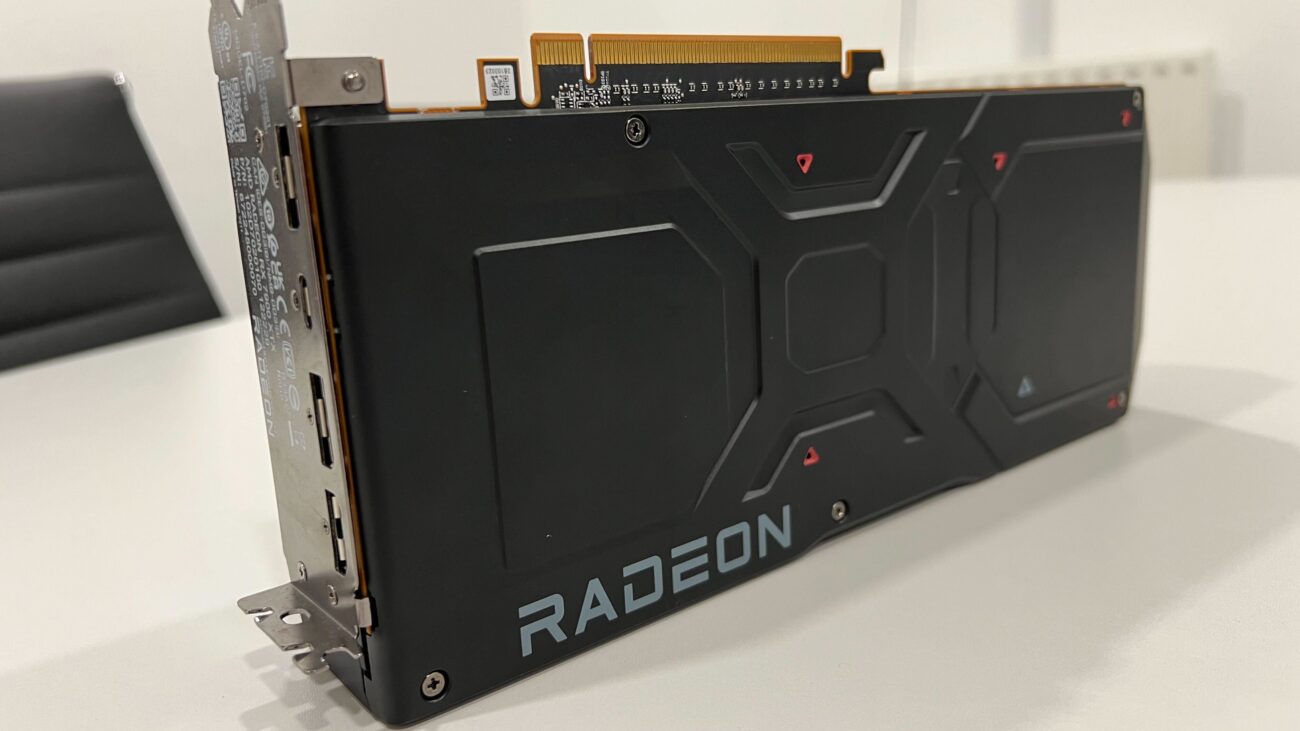


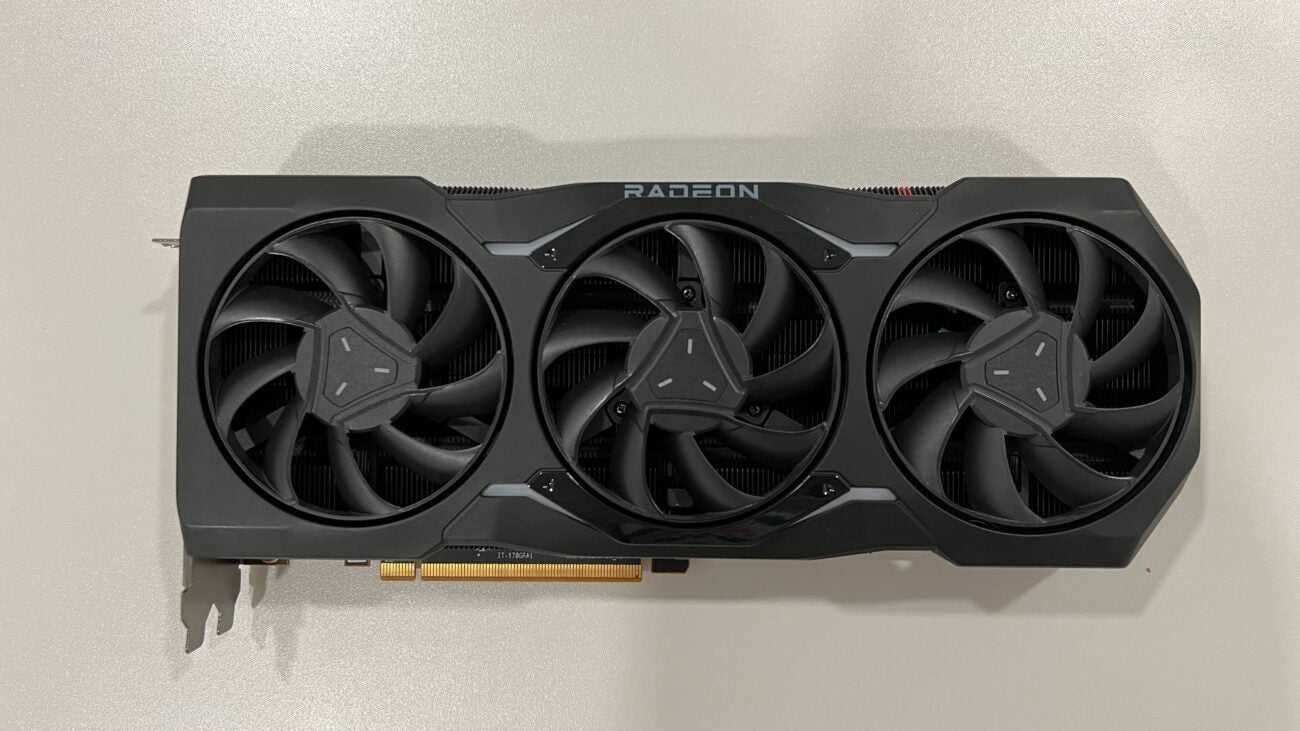
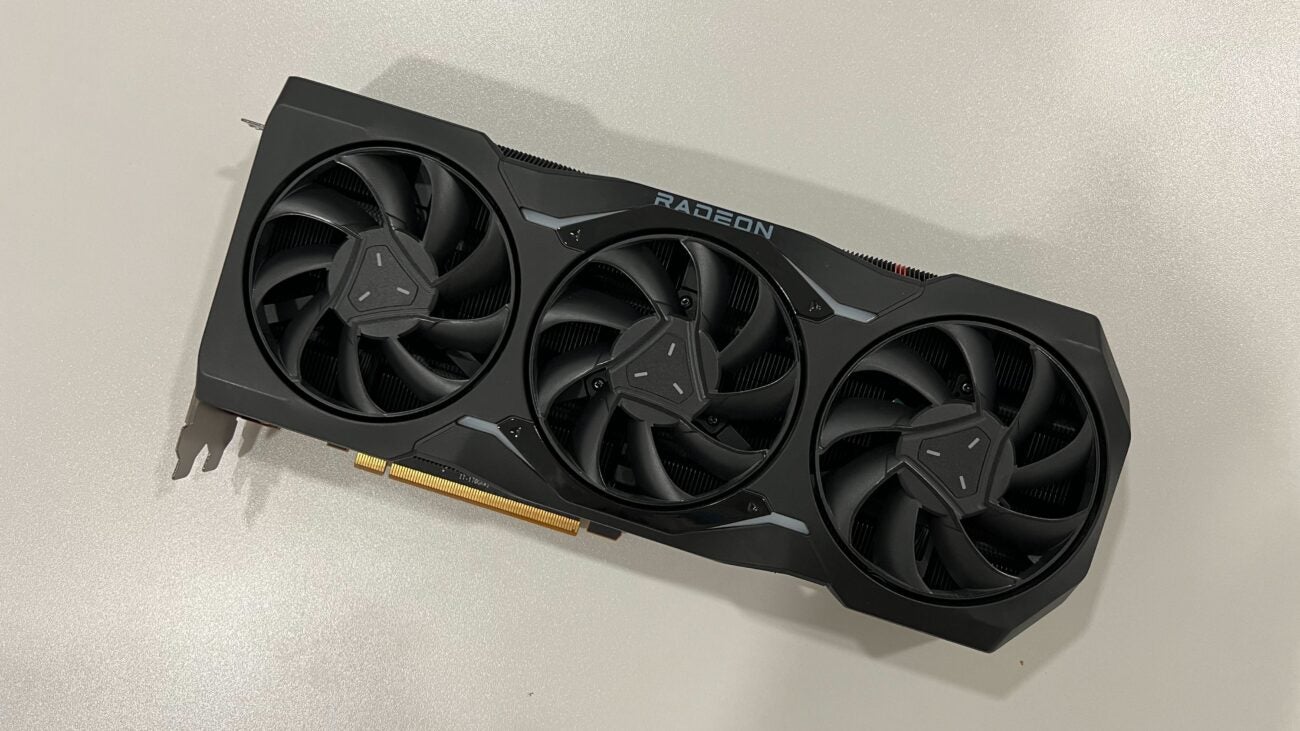
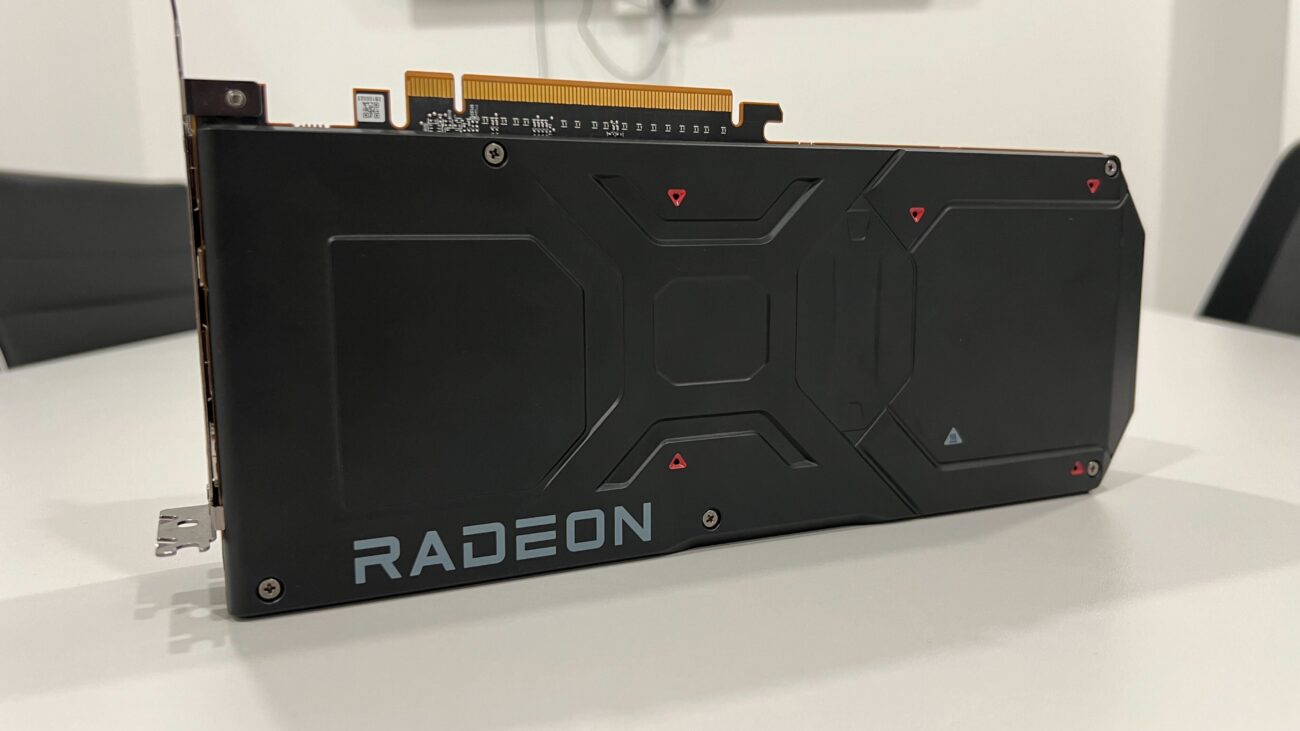

Verdict
The AMD Radeon RX 7900 XTX is one of the most powerful graphics cards on the market, making it ideal for 4K gaming and creative professionals. The magic of DLSS will still prove tempting to switch over to Nvidia, but the RX 7900 XTX undoubtedly offers better value than the RTX 4090 for raw 4K performance.
Pros
- Incredible gaming power
- Easily hits 4K in every game we tested
- Far more affordable than Nvidia RTX 4090
- More than enough power for creatives
Cons
- Very expensive
- Nvidia has the benefit of DLSS 3.5
Availability
- UKRRP: £1049
- USARRP: $999
- EuropeRRP: €1049
- CanadaTBC
- AustraliaRRP: AU$1789
Key Features
- Enhanced ray tracingRay tracing support makes supported games look more realistic and immersive than ever before.
- 4K gaming performanceThe AMD Radeon RX 7900 XTX consistently scored 60fps or higher in every game when running in 4K.
Introduction
The AMD Radeon RX 7900 XTX may cost a pretty penny at $999/£1049, but it does offer some seriously impressive power, ploughing through 4K gaming like it’s nothing.
The AMD Radeon RX 7900 XTX is one of the most powerful – and most expensive – AMD cards on the market right now, with its supremely commanding little sibling, the RX 7900 XT, trailing ever so slightly behind.
The flagship Nvidia RTX 4090 is the closest equivalent to the RX 7900 XTX, and as our tests show, it gave AMD a good run for its money. However, with a shocking $1599/£1679 price tag, Nvidia isn’t exactly offering an inexpensive alternative, even if it does come with the revolutionary DLSS software.
With such high-end specifications, the RX 7900 XTX can handle 4K gaming without breaking a sweat, as well as offering support for ray tracing. I tested this card over several weeks and compared it to several other relevant GPUs to see if the RX 7900 XTX is really worth it; here is what I found.
Specs and Design
- Features RDNA 3 architecture
- High power consumption
- Boosted clock speeds of 2.5GHz
The AMD Radeon RX 7900 XTX is built on the latest AMD RNDA 3 architecture. AMD claims that this offers a 50% greater performance per watt than its RDNA 2 predecessor, with 58 billion transistors crammed into the GPU thanks to the reduced 5nm process node.
RNDA 3 also includes 2nd generation ray tracing accelerators, to give a further boost in performance. Ray tracing allows for better in-game lighting and shadow effects, which can provide more immersive gameplay, especially in modern games where the graphics are a large part of the experience.
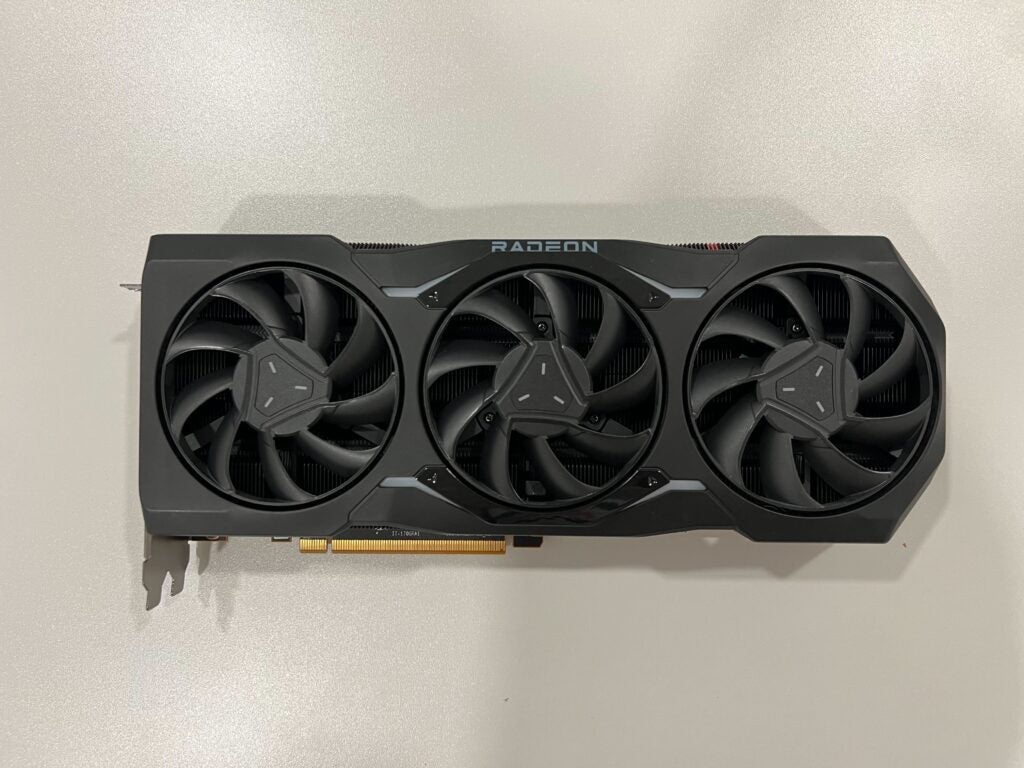
AMD has packed the RX 7900 XTX with 6144 Steam Processors. The RX 7900 XT comes with 5376 Steam Processors, and the last-generation RX 6900 XT comes with just 5120. The boosted clock speed has also been improved compared to its last-generation siblings, jumping up to a whopping 2.5GHz compared to the RX 6900 XT’s 2.25GHz. This is still beaten out by Nvidia, however, as the flagship RTX 4090 comes with an incredibly impressive boosted clock speed of 2.52GHz.
The RX 7900 XTX currently comes in just one memory configuration, at a massive 24GB GDDR6. This is 4GB more than its less powerful sibling, the RX 7900 XT, and should ensure a smooth performance during intensive tasks.
| AMD Radeon RX 7900 XTX | AMD Radeon RX 7900 XT | AMD Radeon RX 6900 XT | AMD Radeon RX 6800 XT | |
| Architecture | RDNA 3 | RDNA 3 | RDNA 2 | RDNA 2 |
| Stream Processors | 6144 | 5376 | 5120 | 4608 |
| Boost clock speed | 2.3GHz | 2.4GHz | 2.25GHz | 2.25GHz |
| Video memory | 24GB GDDR6 | 20GB GDDR6 | 16GB GDDR6 | 16GB GDDR6 |
| Ray Tracing Accelerators | 2nd Generation | 2nd Generation | 1st Generation | 1st Generation |
| Graphics card power | 800W | 750W | 850W | 750W |
The RX 7900 XTX is available as a Reference Card directly from AMD, although there are third-party variations too; the dimensions and size of the card will depend on which you purchase.
It comes with several connectivity ports, including HDMI 2.1, USB-C and DisplayPort 2.1. This will ensure a connection of up to 4K at 240Hz and even 8K at 60Hz.
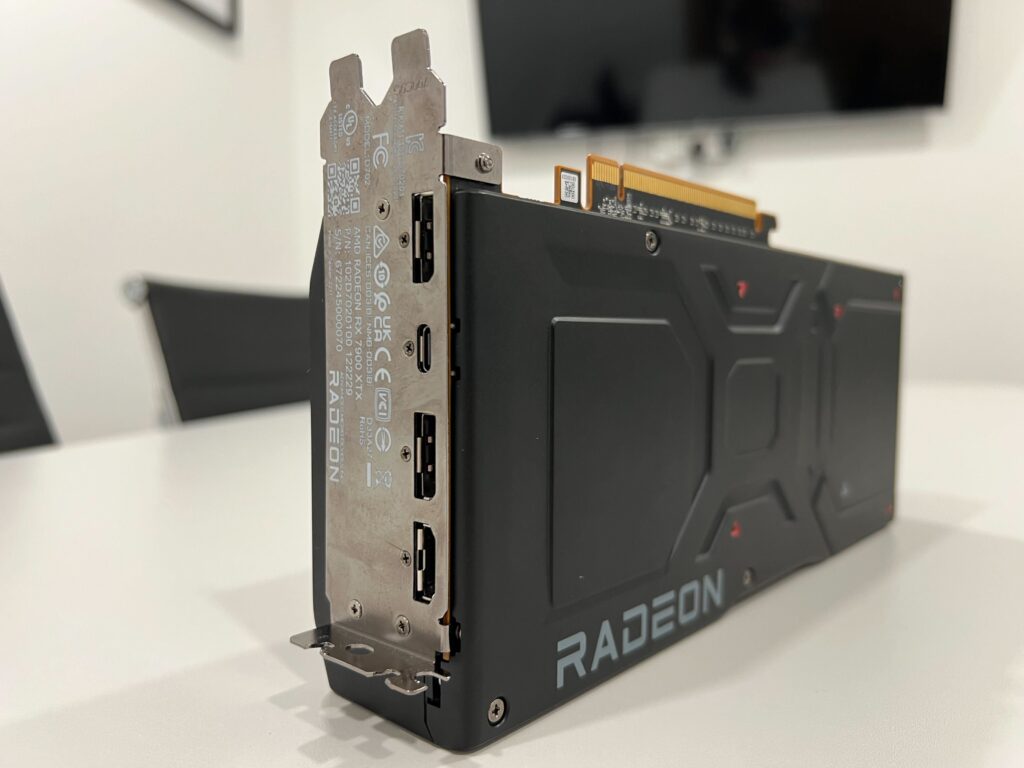
Features
- Ray tracing support
- FSR 2 brings notable improvements to supported games
Ray tracing is one area that AMD is still trailing behind AMD, especially when you factor in the AI-boosting software of DLSS which is an exclusive feature to Nvidia cards.
AMD’s answer to DLSS is FSR, which renders games at a lower resolution and then upscales the video using an “advanced edge reconstruction algorithm”. This is less taxing on the graphics card than simply rendering the graphics at a higher resolution, therefore delivering better results overall while using less power.
However, FSR is not an exclusive feature of AMD, and it’s nowhere near as efficient as DLSS, as proven with my benchmark results below.
I tested the AMD Radeon RX 7900 XTX in Cyberpunk 2077 with FSR 2 and ray tracing enabled in Quad HD (1440p). Both the RX 7900 XTX and RX 7900 XT are using FRS 2 in this test and all of the Nvidia RTX 4000 cards are using the exclusive DLSS 3 software. The ray tracing settings were set to balanced in both the FSR/DLSS tests to ensure a fair result.
These results are a perfect indicator of the difference between FSR 2 and DLSS 3. Activating FSR 2 on the RX 7900 XTX provided a frame rate increase of 93%, leaping from 40fps to an impressive 77fps. However, the RTX 4000 cards saw even more improvement; the RTX 4090 went from 72fps to a whopping 172fps, which is a performance boost of 139%.
I also ran this test in 4K under the same conditions to see how the RX 7900 XTX handled high-end gaming. With ray tracing activated, the RX 7900 XTX managed to hit 20fps, but that jumped up to 77fps with FSR enabled. The RTX 4090 was still more proficient in this area, however, hitting 40fps without DLSS and 115fps with DLSS turned on.
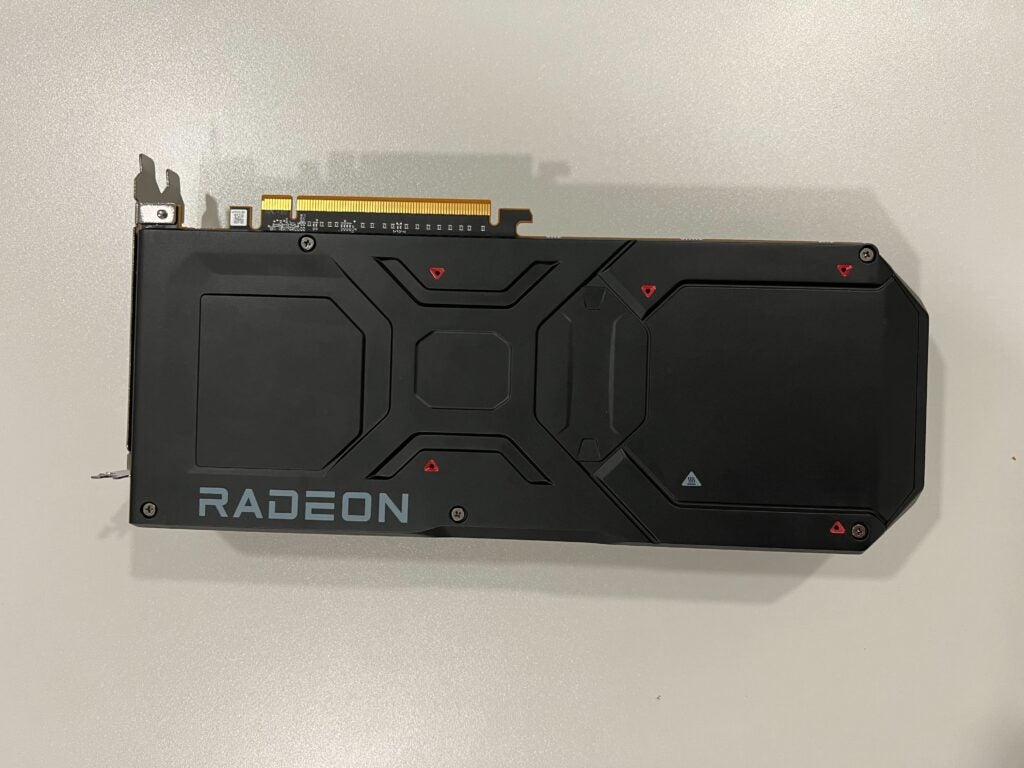
It’s clear from my tests that FSR 2 is effective in boosting frame rates in supported games, but it can’t hold a candle to Nvidia’s DLSS. Even without AI-boosting software, the RTX 4090 is simply more efficient at handling ray tracing workloads than the AMD rivals. If your main concern is ray tracing, then you will be better off investing in an RTX 4000 Series card.
It’s also important to point out that not every game currently supports FSR or DLSS. Some games only come with support for the first generation of FSR and some don’t have any compatibility with the software whatsoever, although this is more notable in older or indie titles.
AMD claims that over 116 games support the current FSR 2.2 variation. These include blockbuster triple-A titles, with the likes of God of War Ragnarök, Deathloop, Resident Evil Village and Baldur’s Gate 3 being supported. More games will be added over time.
Performance and Benchmarks
- Undisputed 4K performance
- Can handle modern games with ray tracing enabled
- Fantastic content creation and rendering results
I tested the AMD Radeon RX 7900 XTX card against the RX 7900 XT, as well as multiple Nvidia RTX 4000 and RTX 3000 Series cards.
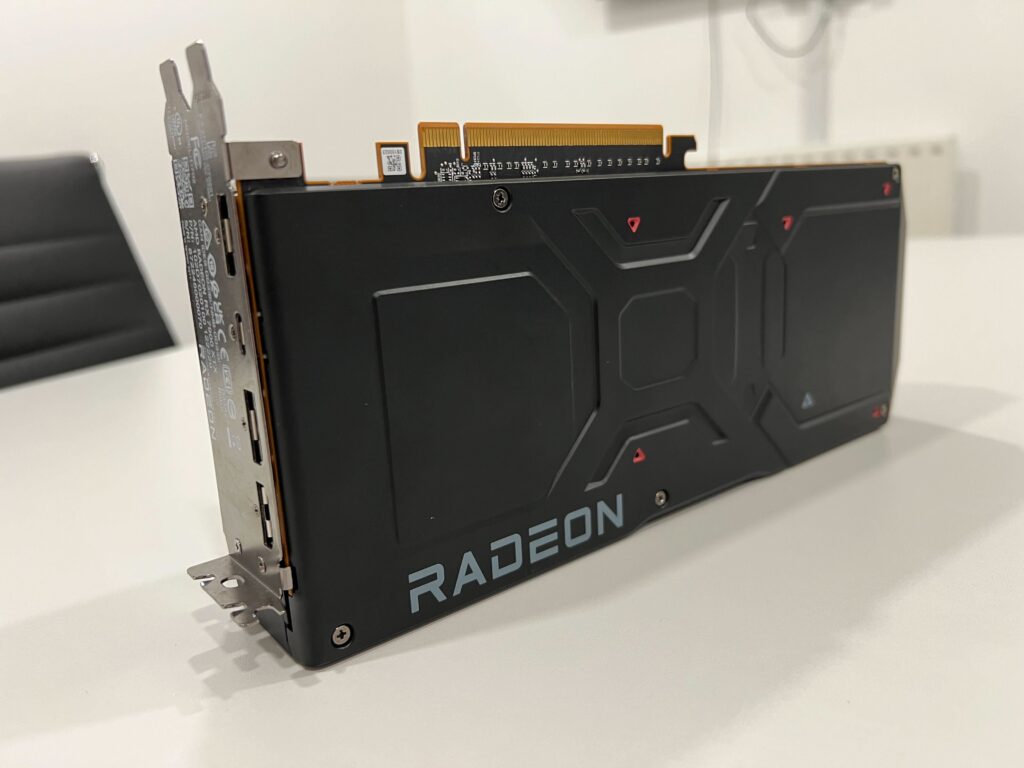
In order to make my tests as fair as possible, I used the same PC configuration throughout all of my tests, where possible. The breakdown of the rig I used is listed below:
- Motherboard: Gigabyte Technology X670E AORUS Master
- CPU: AMD Ryzen 5 5600X
- SSD: PNY CS3140 1TB
- PSU: Corsair HX 850
- Cooler: Corsair Hydro Series H150i PRO RGB 360mm liquid cooler
- OS: Windows 11
Firstly, I benchmarked all of the cards using the industry standard 3DMark Time Spy Extreme benchmark test. This is a synthetic benchmark that evaluates the overall graphics performance of a GPU.
The RX 7900 XTX performed very well, only being beaten out by the flagship RTX 4090. Other than the RTX 4090 – which won out by 2813 – the RX 7900 XTX easily outpaced the rest of the RTX 4000 family, as well as AMD’s own RX 7900 XT.
I also put the RX 7900 XTX through various gaming benchmarks to see how it handles triple-A titles. The games I used in this test include Dirt Rally, Horizon Zero Dawn, Cyberpunk 2077, Borderlands 3, Returnal, Total War: Warhammer 3, Rainbow Six Extraction and F1 22. I ensured to use a variety of genres to get a broad overview of how the RX 7900 XTX runs different titles.
The AMD Radeon RX 7900 XTX is more than capable of running games in 4K at a high frame rate, hitting above 60fps in every game and in every test, no matter the resolution.
Other than a few select tests, the RX 7900 XTX delivered the highest frame rates overall, making it one of the most powerful graphics cards on the market right now.
The real highlight of the RX 7900 XTX is its 4K performance; it managed to reach 117fps in Horizon Zero Dawn, 106fps in Borderlands 3, 147fps in Rainbow Six Extraction and a whopping 272fps in F1 22. It only managed to get to 66fps in 4K in Cyberpunk 2077, however, proving that not every game will see massive frame rate boosts.
I would recommend investing in the RX 7900 XTX if you’re interested in 4K gaming and want a complete powerhouse. As a plus, the RX 7900 XTX is also a lot more affordable than its Nvidia equivalent, at $999/£1049 compared to the RTX 4090’s $1599/£1679 price tag. The RTX 4090 is only a worthwhile alternative if you’re confident you’ll make use of the superior DLSS and ray tracing features.
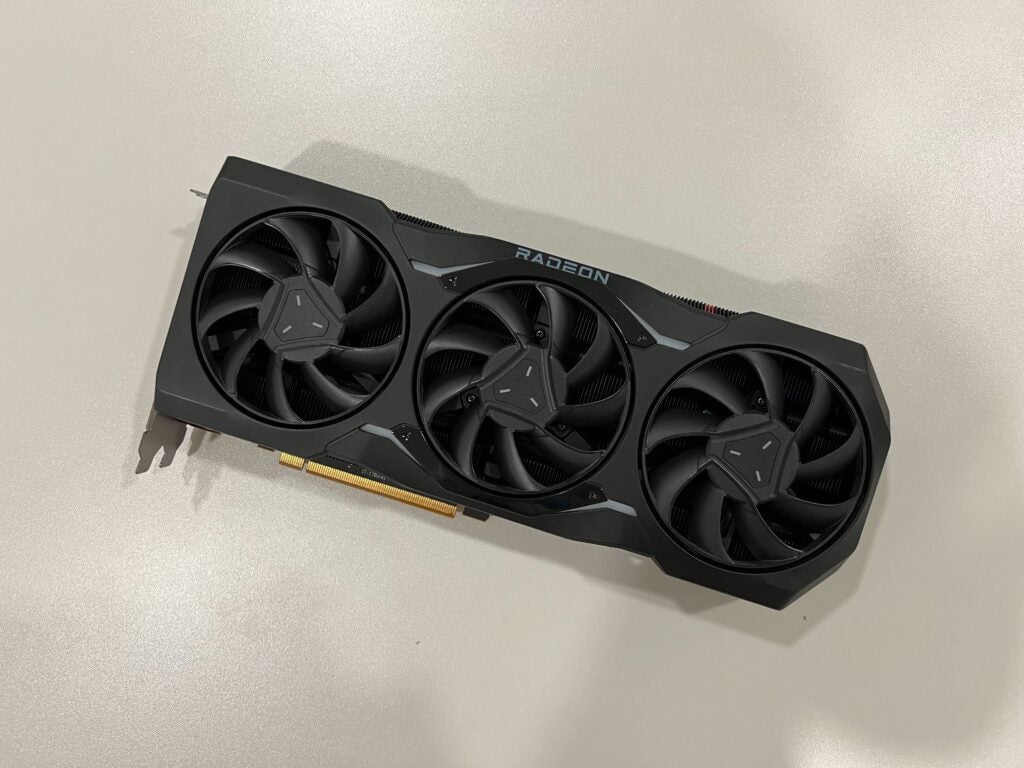
Power Consumption
- AMD recommends at least an 800W PSU at minimum
- Lower peak power draw than its high-end Nvidia alternative
AMD claims that at least an 800W PSU is needed to run the RX 7900 XTX.
| RX 4900 XTX | RX 7900 XT | Nvidia RTX 4070 Ti | Nvidia RTX 4060 Ti | Nvidia RTX 3080 Ti | |
| Peak power draw | 526W | 485W | 436W | 318W | 542W |
My tests show that the RX 7900 XTX does use up a lot of power, more so than its younger sibling and every other card we tested. We weren’t unable to test the RTX 4090 in this test, but Nvidia says it has a required system power of 850W, and so will likely consume more power than its AMD rival.
If you’re interested in using a formidable graphics card, it will be reflected in your energy bills.
Latest deals
Should you buy it?
You want a ridiculously powerful graphics card:
The AMD Radeon RX 7900 XTX is the most powerful graphics card that AMD has ever produced and can handle anything that you throw at it.
You’re not interested in 4K gaming:
If you don’t own a 4K monitor or you’re simply happy playing games in Quad HD, you will be better off investing in a more affordable mid-tier graphics card, like the RTX 4070 Ti.
Final Thoughts
The AMD Radeon RX 7900 XTX is one of the most powerful graphics cards that we’ve ever tested. Its only real competition is its younger sibling, the AMD Radeon RX 7900 XT and the Nvidia RTX 4090. It was able to consistently run games in 4K at a very high frame rate – over 200fps in some instances – and is confidently able to handle anything you throw at it, from triple-A gaming to content creation.
I would not call this card affordable – at $999/£1049 – but is it a lot more accessible than the shockingly expensive $1599/£1679 RTX 4090. The main feather in Nvidia’s hat is the inclusion of DLSS 3 and superior ray tracing efficiency, but those features are only compatible with a select number of games.
Overall, if you’re looking for a high-end 4K performance – and you’re not too fussed about DLSS 3 and ray tracing – the AMD Radeon RX 7900 XTX is the best pick for you. For more information on the other graphics cards on the market, take a look at our ever-updating best graphics card roundup.
How we test
Every graphics card we review is run through a series of synthetic and real-world benchmarks to gauge its performance, power efficiency and potential for overclocking.
Tested with in-game benchmarks
Compared against other cards we’ve tested
Power consumption checked
FAQs
No, DLSS is exclusive to the Nvidia series of graphics cards. The RX 7900 XTX uses FSR, although it is not exclusive to AMD.
The RX 7900 XTX comes with a massive 24GB GDDR6 RAM.






